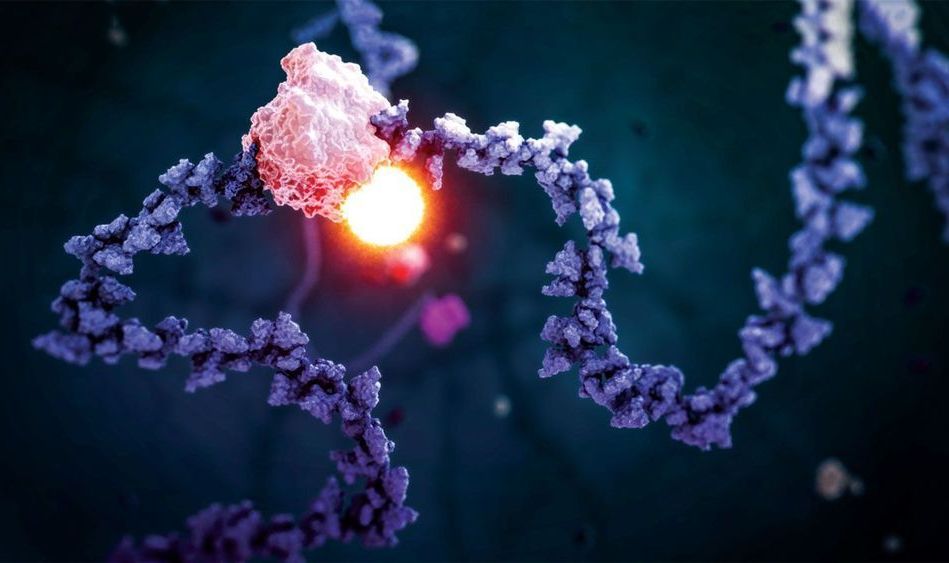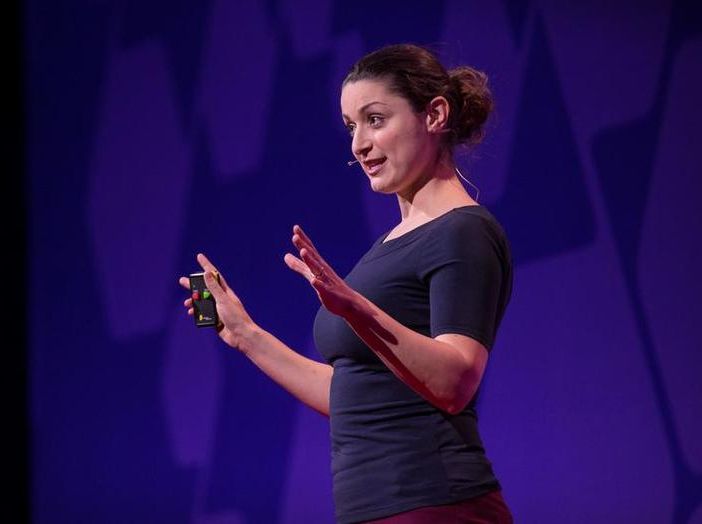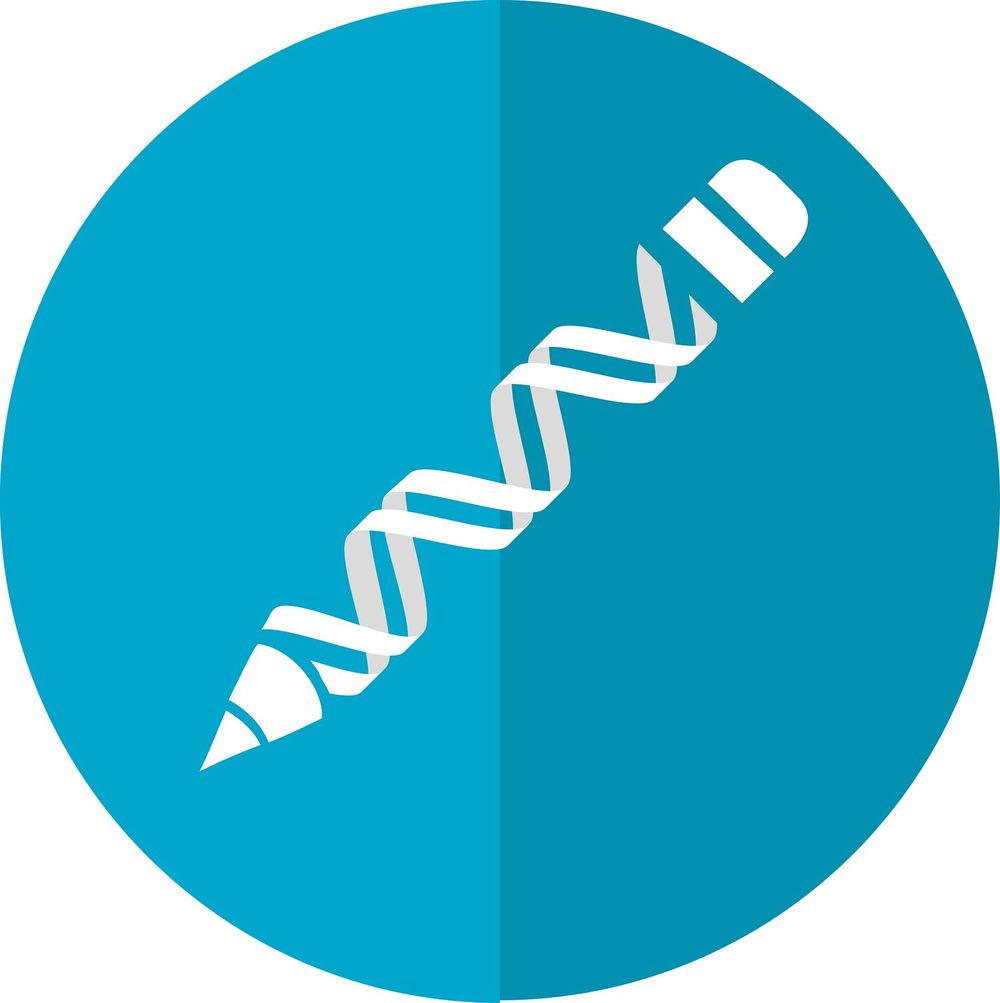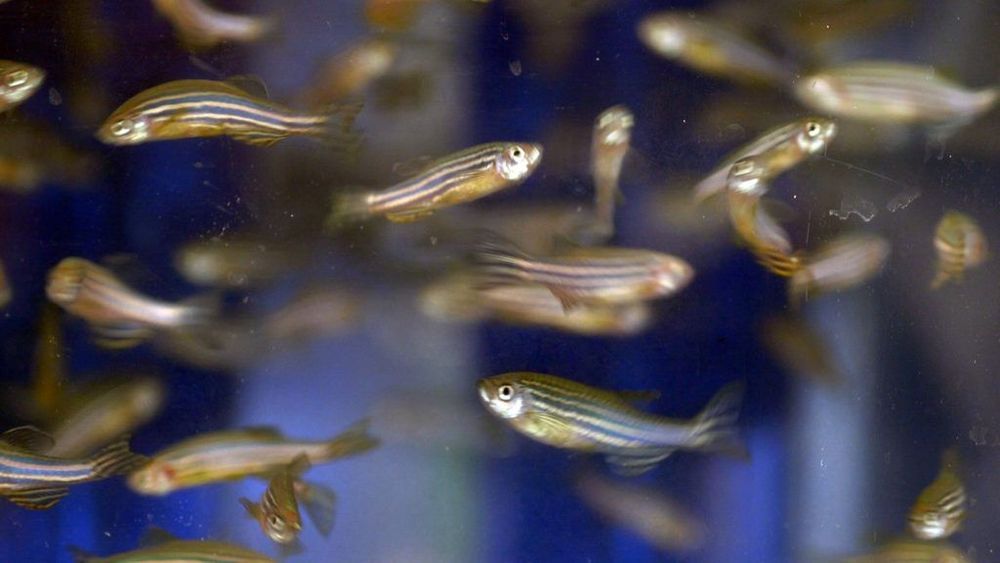The recent explosion of interest in artificial intelligence, machine learning, and deep learning has been mirrored by an explosion in book titles on these same topics. One of the best ways to decide which books could be useful for your career is to look at which books others are reading.
If you are searching for some best books to become more acquainted with the essentials of AI and Machine Learning, Here’s some books to help you to discover the best Artificial Intelligence & Machine Learning books of all time.








